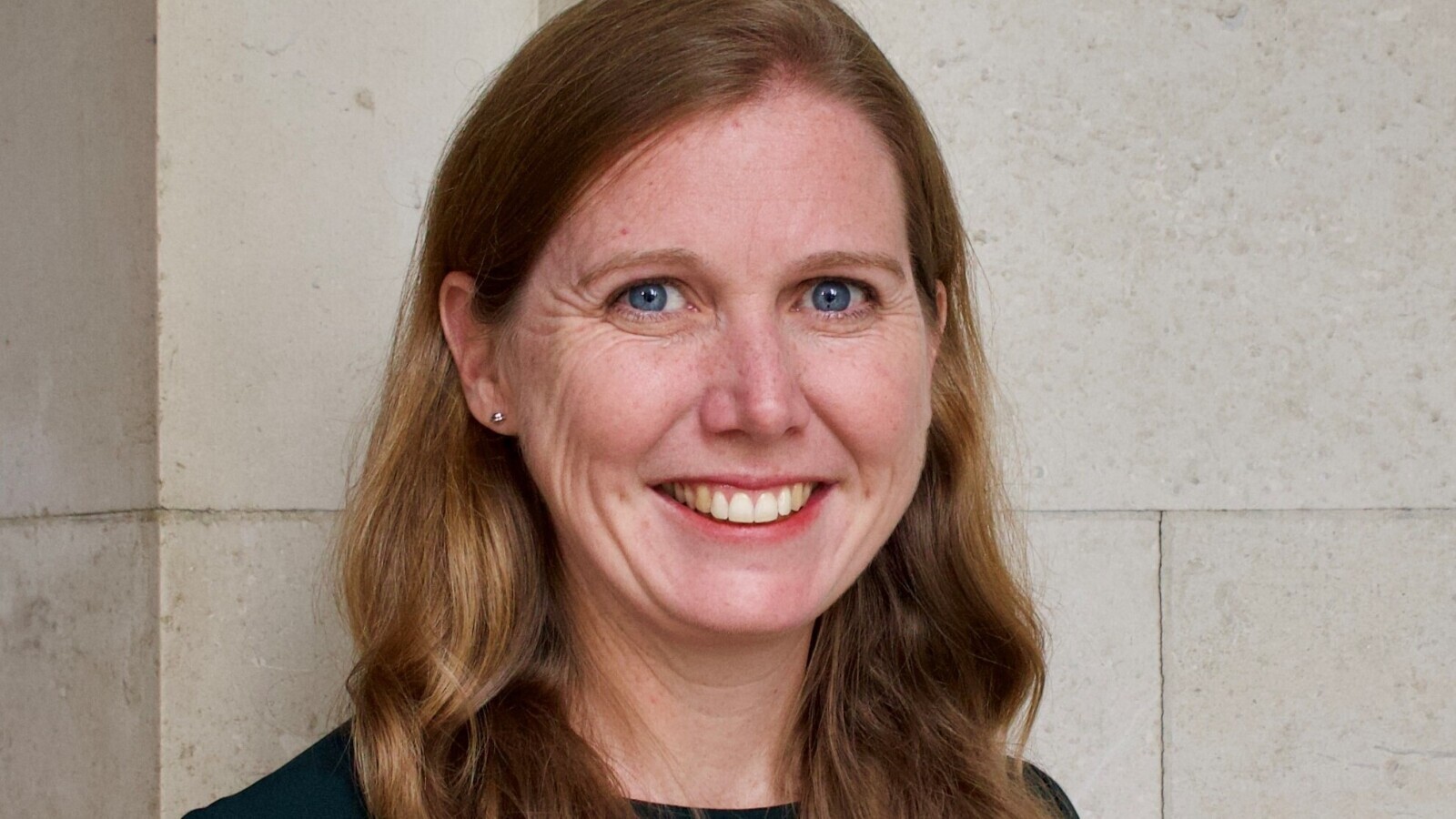
Transition planning takes centre stage at COP28
In the wake of Finance Day at COP28, investor coalitions on climate change took the opportunity to outline their guidelines on transition planning
Transition planning, the need to set out practical steps towards a net zero future took centre stage as policy makers joined forces with institutional investors to put climate pledges into action. Net Zero Investor caught up with key representatives to take stock of the progress.
EU events
Translating implementation into impact was a key theme at an EU-backed side event on Sunday, where a panel including a panel of senior EU officials, alongside private finance representatives, legal experts as well as a representative of the Indonesian Ministry of Finance.
Siegfried Ruhl, head of funding and Investor Relations at the European Stability Mechanism outlined the EU’s ambition to become a significant player in the green bond market.
“Within just a few months, the EU has established itself as a key issuer in the green bonds market, having issued more than €15bn in green bonds, we have the potential to become the largest green bond broker. Our bonds are as safe as bonds can be, backed by the European Union and European taxpayers” he said.
His comments appeared to resonate with the audience, a poll revealed that virtually all audience members believed that green, rather than transition or social bonds would come to dominate the labelled bond market.
Diana Acconcia, director for International Affairs and Climate Finance at the European Commission highlighted that green bonds have become key to mobilise the transition finance: “In the EU, 60% of all bonds issued in 2022 were green bonds, outside the EU it’s 2%” she said, describing the recently launched European Green bond Standards as world standard.
Transition Plan Taskforce
Meanwhile the need to mobilise capital to tackle the climate crises was also front and centre at the UK’s Transition Plan Taskforce’s stand in the UK Pavillion, which organised daily events. This included a session on mobilising capital for the global transition featuring among others Baroness Vere the Treasury Lords Minister, Dr. Ben Caldecott acting as co-head of the Transition Plan Secretariat and Mardi McBrien, chief of strategic affairs at ISSB.
In October this year, the Taskforce had launched a new framework on Transition planning which was broadly welcomed by investment industry professionals as “a vital step forward.” The Taskforce has also released a new sector guidance on transition planning for asset managers last week,
NZAOA
The UN-convened Net Zero Asset Owners Alliance used COP28 as an opportunity to launch a new tool on transition planning to its 87 members, collectively managing some $9.5 trillion in assets.
The alliance responds to significant advances on transition planning that evolved over the past 18 months explained Wendy Walford, head of Climate and Nature Risk at Legal & General.
The NZAOA tool considers the European CSRD, the GFANZ Net Zero Transition Plans Framework, HLEG’s recommendations, the TFCD Recommendations and the UK’s Transition Plan Taskforce.
“It is really encouraging that there is more commonality between these frameworks than there are differences. Our paper maps recommendations and expectations alongside recording where Alliance members are already producing material under the Net Zero Alliance Framework” she said.
The Alliance does not currently require members to implement transition plans and does not yet monitor how many members have published such plans.
But Olga Hancock Policy Track co-lead at NZAOA and head of Responsible Investment at Church Commissioners for England argued that the requirements set out in the Alliance’s target setting protocol already amount to transition planning.
“By joining NZAOA, members are already delivering against that credibility. However, there are broader expectations that are very much up to members on how they go along and complete that. For example, the Target Setting Protocol sets clear ambitions for decarbonising portfolio assets, but it would be up to members how they implement that. One of the key pieces of the transition plan guideline is where that maps towards these five different frameworks” she explained.
Alongside the push to provide greater clarity on transition planning the NZAOA has also released guidance on policy engagement.
Matt Holmes, group head of Political and Government Affairs at Zurich Insurance and co-lead of the NZAOA’s public policy work argues that policy engagement and transition planning are very much complementary.
“Our ability to deliver against our own net zero commitments as individual members is contingent on governments and policies. We need to be participating in these discussions to make sure that we get what we need. These guidelines frame how we as asset owners think about policy engagement, making sure it is proactive” he told Net Zero Investor.
Hancock agreed: “Our transition plans are there but they can’t lift off unless the public policy is put in place. Policy makers need to hear from investors what we need to hear from investors to enable these transition plans, the two really need to work in synch, that is a critical part of these COP negotiations” she stressed.




